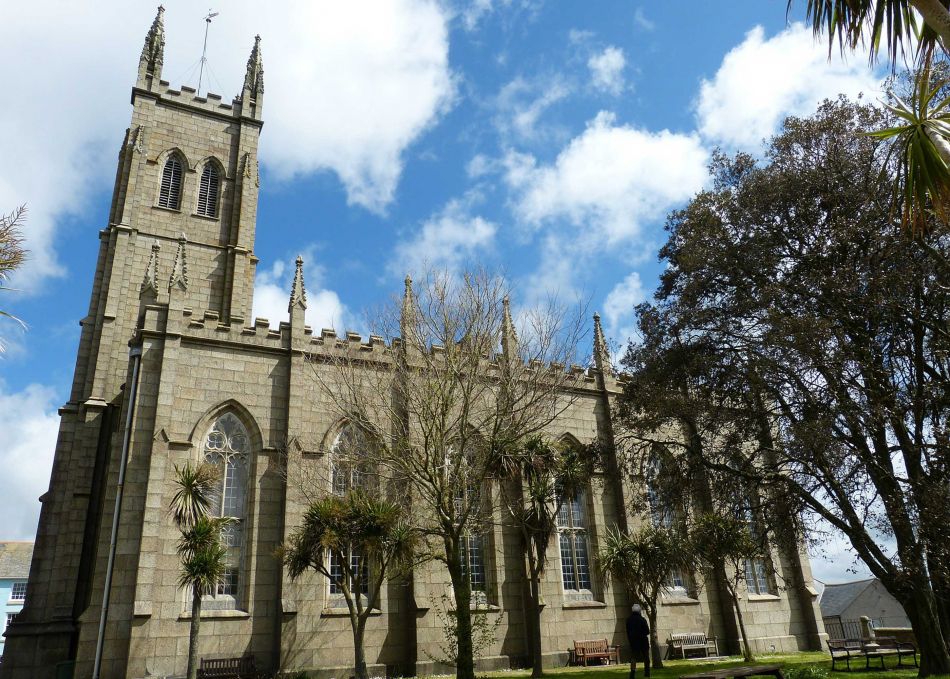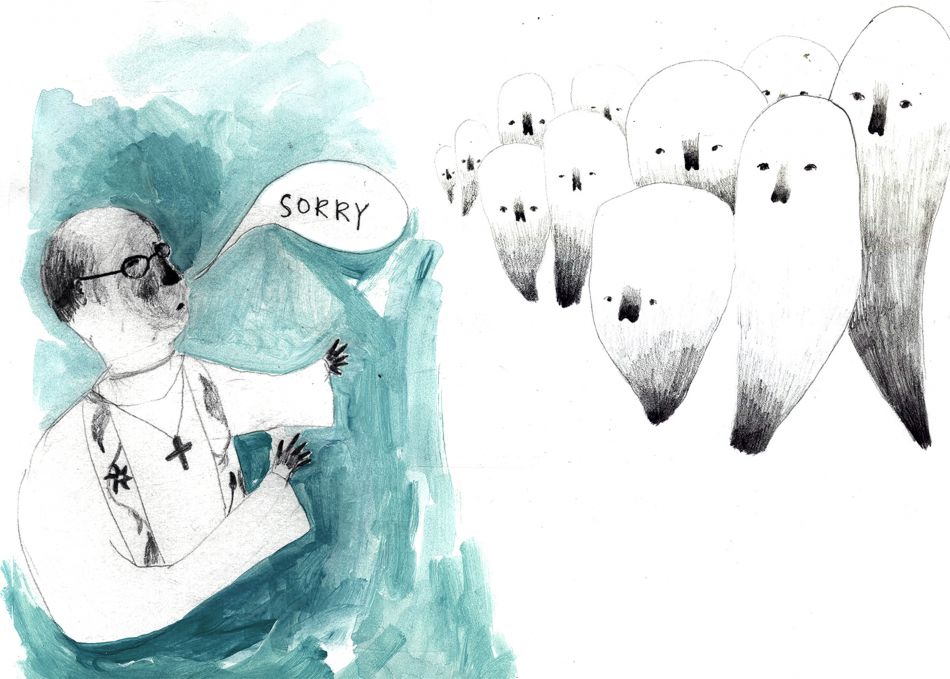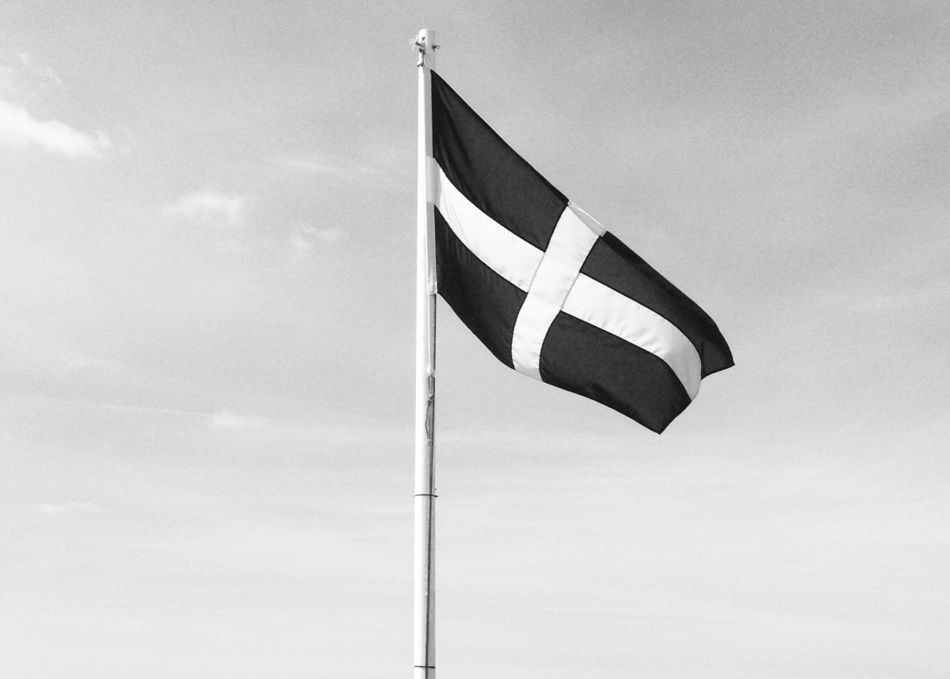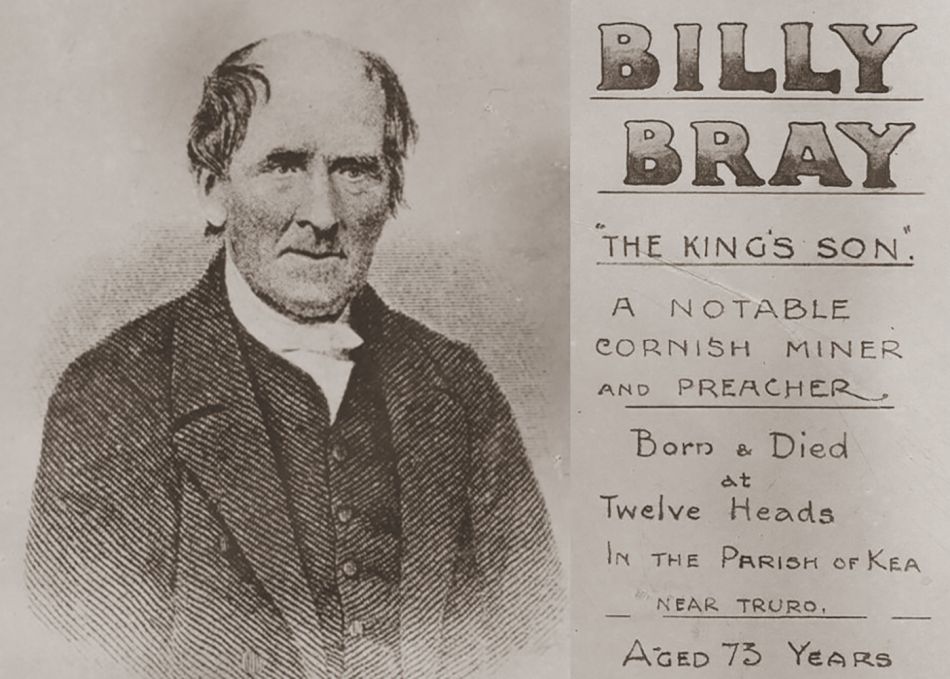0-500AD: Early Christianity
0
Around this date, Jesus was born.
15
Legend suggests that Jesus was bought to what we now call Cornwall by his uncle, Joseph of Arimathea, who was a tin trader.
33
Around this date, Jesus was crucified.
36
Legend suggests that Jesus’ uncle, Joseph of Arimathea, brought the pure Apostolic Gospel to Glastonbury shortly after the Resurrection.
43
The Roman Empire began its conquest of Britain.
240
Christian writer Origen recorded the presence of Christianity in Britain.
313
Roman Emperor Constantine ruled that Christians across the Roman Empire were allowed to practice their faith without persecution.
400
Around this date, Christians in what we now call Cornwall inscribed stones with the Chi-Ro (an early Christian symbol that combined the first two letters of the word ‘Christ’ in the Greek language: X and P).
410
Around this date, the Roman armies completed their withdrawal from Britain in order to defend Rome.
500-1000AD: The Age Of Saints
500
Christians in what we now call Cornwall began to carve stone crosses. The making of stone crosses continued over many centuries although their design, function and location varied. The practice of setting up stone crosses continues to this day. Cornish Saints began to establish Christian communities in Cornwall and build chapels. The movement of saints between the places we know today as Ireland, Wales, Cornwall and Brittany continued for centuries.
664
At the Synod of Whitby (a meeting of religious people), the Saxon King Oswiu of Northumbria decided to celebrate Easter on the Roman date. Christians in what we now call Cornwall continued to celebrate Easter on a different date.
838
Cornish and Danish Viking armies combined to fight the Saxons. They were eventually defeated in a battle at Hingston Down (possibly near Gunnislake in Cornwall).
878
The Cornish King Doniert was drowned and a stone was erected in his memory.
909
The Diocese of Crediton was created out of the Diocese of Sherborne to cover Cornwall and Devon.
926
Around this time, the English King Athelstan set up a bishopric (an area under a bishop’s control) at St Germans.
1000-1500: Church Construction
1050
The diocese was moved to Exeter and a cathedral was built there. Cornwall would not have its own diocese again until 1876.
1066
The Norman Conquest of Britain. Robert of Mortain became Earl of Cornwall and built Launceston Castle.
1086
The Domesday Book mentioned markets, fairs and churches in Cornwall. A period of church building began in the Norman style.
1375
Around this time the Cornish Language poem ‘Pascon Agan Arluth’, known as the 'Passion Poem', was written.
1400
Around this time, and for the next 200 years, Cornish Language plays were written at religious and cultural centres like Glasney College in Penryn. The plays were performed in open-air theatres known as plen-an-gwarrys. Surviving examples of such plays include the Ordinalia, Gwreans an Bys, Bewnans Ke and Bewnans Meriasek.
1420
Pilgrimage routes across Cornwall were busy, as shown by the development of a port to meet the needs of pilgrims at Landulph, on the River Tamar.
1500-1600: Upheaval And War
1534
King Henry VIII fell out with the Pope and declared himself Supreme Head of the Church of England. He also closed monasteries and Cornwall lost key centres of learning and culture, like Glasney College.
1547
King Edward VI of England (aged nine) and his Protestant advisors made more changes to the Church of England. Catholic religious customs were banned, saints’ shrines and holy images were destroyed and the celebration of feast days was not permitted.
1548
Archdeacon William Body was stabbed to death in Helston after he tried to remove holy images from the parish church. Ten men were executed locally for their part in his death, including the Priest of St Keverne Martin Geoffrey, William Kilter and Pasco Trevian.
1549
The English Government introduced the Book of Common Prayer, which insisted upon the use of the English language in church services for the first time. Many Cornish people did not understand English and unrest across Cornwall culminated in the Prayer Book Conflict.
1553
King Edward VI died. Queen Mary I took the English throne and attempted to restore the Catholic faith. Around this time, John Tregear translated a series of Catholic sermons from English into Cornish. Nicholas Roscarrock, who wrote about the saints of Cornwall, saw the bones of St Piran being paraded on feast days.
1558
Elizabeth I became Queen of England and reversed the changes made by Queen Mary. The English Parliament passed a law fining people who did not attend the Church of England.
1570
Pope Paul V made it the duty of all Catholics to oppose Queen Elizabeth. In response the English Government announced that all Catholic priests and anyone sheltering them would be guilty of treason.
1577
Golden Manor, the home of Catholic landowner Francis Tregian, was raided and he was imprisoned for over 25 years. The Catholic priest Cuthbert Mayne was imprisoned and executed for high treason.
1600-1700: Non-Conformity
1605
James I of England banned Roman Catholics from becoming lawyers or doctors, and increased fines for those people who did not attend the Church of England.
1642
The Civil War began, partly caused by religion. During the conflict, Parliamentarians damaged Cornish churches and holy wells.
1688
The Religious Society of Friends (Quakers) was active in Cornwall. A Quaker Meeting House was built in Marazion and another in Come-to-Good 20 years later.
1690
The earliest surviving Bible extract translation in the Cornish language was written by William Rowe, a farmer from Sancreed.
1700-1900: Methodism
1743
Charles Wesley visited Cornwall. Local Church of England vicars encouraged people to attack him. John Wesley, Charles’ brother, also made a trip to Cornwall: the first of over 30 visits.
1795
The Methodist church established by John and Charles Wesley separated from the Church of England.
1796
The number of Baptists in Cornwall increased after visits from preachers.
1815
Methodist preacher William O’Bryan founded the Bible Christian Church in North Cornwall. Billy Bray, who became a well-known preacher, joined the Bible Christians.
1823
Irish lawyer Daniel O'Connell founded the Catholic Association and used his membership of thousands of people to pressurise the Government to accept Catholics.
1829
The threat of unrest compelled the British Prime Minister, the Duke of Wellington, to pass the Emancipation Act, which finally allowed Roman Catholics to become Members of Parliament.
1840
A Unitarian Chapel was established in Falmouth.
1880
Truro Wesleyan Middle Class College (later to become Truro School), an early free day school, opened. Chapels and churches became increasingly responsible for the education of the young.
1876
The Cornish diocese was re-established after 826 years.
1877
Edward White Benson became the first Bishop of Truro, introducing Christmas carols to church services.
1879
Work began on Truro Cathedral and the architect, John Loughborough Pearson, incorporated parts of the old Parish Church of St Mary the Virgin into the new cathedral.
1900 – present day: Working together
1908
Thomas Merritt of Illogan, son of a copper miner and composer of Cornish carols, died.
1910
Truro Cathedral was opened by Bishop Benson.
1948
The first World Council of Churches meeting was held. All Christian churches decided to cooperate in order to address the damage created by the Second World War.
2002
The Cornish Language was recognised as a minority language by the Council of Europe and included under the European Charter for Regional or Minority Languages.
2007
The Bishop of Truro, the Right Reverend Bill Ind, apologised on behalf of the Church of England for the massacre of thousands of Cornish people during the Prayer Book Conflict.
2011
Nicholas Williams translated the Bible into the Cornish language.
2012
Christian groups participated in the development of Dor Kemmyn, an Interfaith Centre for Cornwall.
2014
The Cornish were officially recognised as a national minority and given the same status as the UK’s other Celtic people, the Scots, Welsh and Irish.








